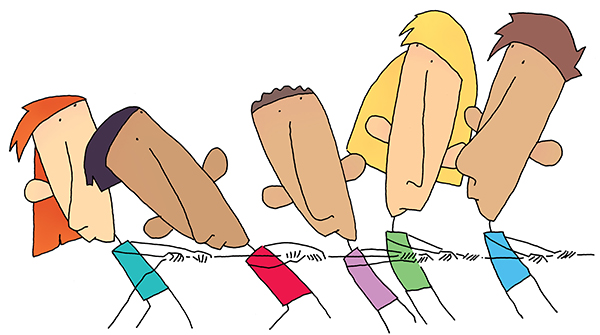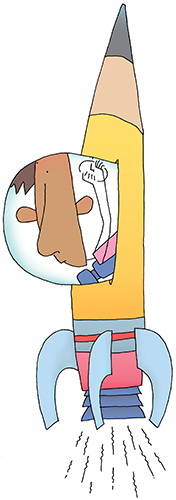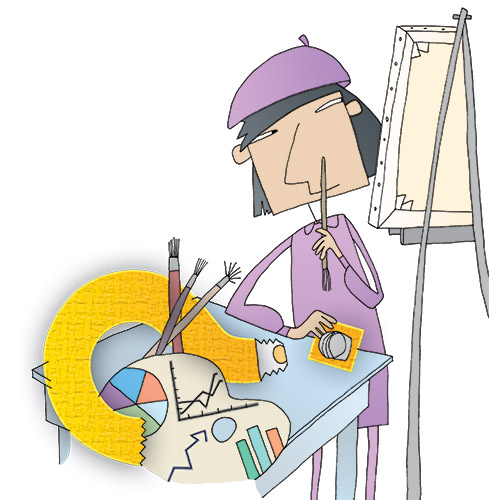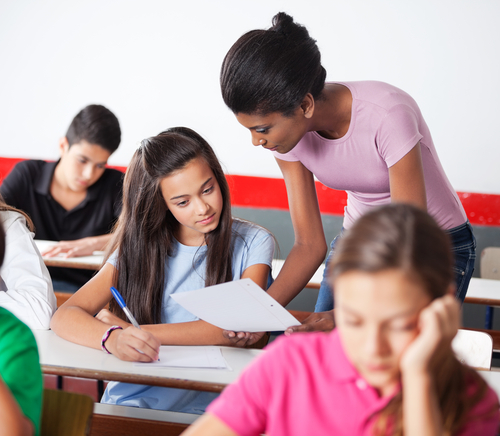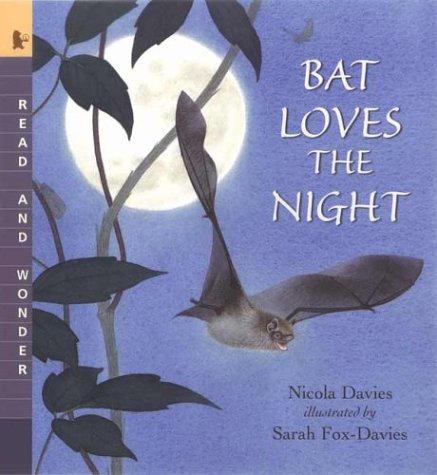We ask students to develop arguments, problem-solution essays, and literary analyses because we believe they promote higher levels of thinking. However, by making these assignments, we may be restricting their thinking.
Isn’t building an argument, in essence, an exercise in following a formula—making a claim, backing it up, countering the opposition, and so on? Of course, there is thinking going on during the writing, but not the kind that is truly mind-expanding. Instead, the writer focuses on making sure that all of the parts of the argument are stated effectively and arranged in the best way. The same is true with a problem-solution essay. What’s so intellectually stimulating about stating a problem, providing background information, discussing possible solutions, and highlighting the best one? As Thomas Newkirk says in Critical Thinking and Writing: Reclaiming the Essay, “When essays become formulaic, they hinder rather than foster critical thinking.”
Of course, students need to learn how to build academic essays. But really, how many problem-solution essays do students have to write before they get it? The same holds true for building arguments or shaping explanatory essays. In today’s English or composition classes, such essays are often assigned because of state standards and/or to help students prepare for district or state writing tests. But a steady diet of this stuff can be mind-numbing. How much enjoyment and intellectual stimulation do students really get from composing yet another process or comparison essay? It’s like facing a diet of the same things meal after meal. Tuna casserole again?

